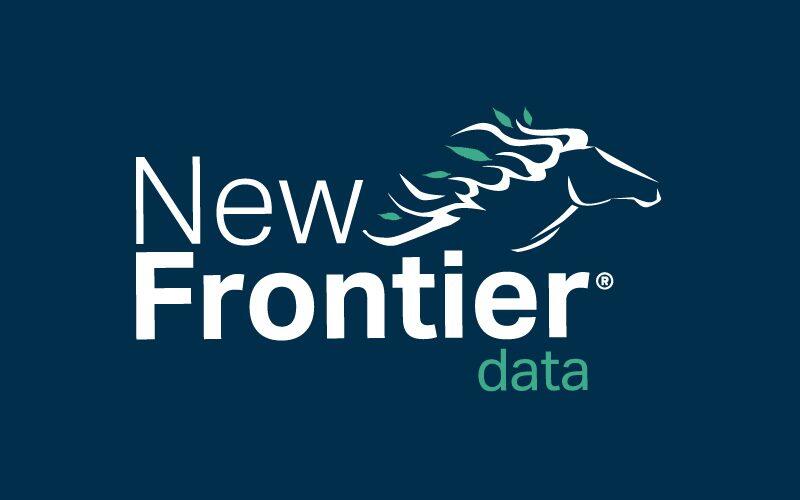Cannabis Mitigates Opioid Addiction Risk

Kids ER Visits Increase in Relation to Cannabis Edibles
August 21, 2016
Jamaica Seeks To Leverage Cannabis Tourism
August 21, 2016By New Frontier Analysts
The incidence of prescription painkiller addiction has increased dramatically over the last few decades. According to the NIDA, 6.1 million people have used prescription painkillers non-medically in the past month. From 1991 to 2013, the United States witnessed a 272% increase in the number of prescriptions for opioids. Additionally, the United States accounts for nearly 100% of the global consumption of hydrocodone, and 81% of the global consumption of oxycodone. It’s no surprise, then, that the number of overdoses due to prescription opioid pain relievers has more than tripled in the last 20 years. There has also been a concurrent rise in heroin use, perhaps as a low-cost substitute for prescription painkillers. In 2010, there were 2,789 fatal heroin overdoses, approximately a 50 percent increase over the relatively constant level seen during the early 2000s.
According to a 2015 National Bureau of Economic Research study, “States permitting medical marijuana dispensaries experience a relative decrease in both opioid addictions and opioid overdose deaths compared to states that do not.” Another study found that opioid overdoses decreased by an average of 25% following the passage of medical marijuana laws. Separate studies have also found that cannabis is associated with better treatment outcomes in opioid-dependent subjects. Writing this year in the journal of Drug and Alcohol Dependence, researchers at Columbia University reported a “beneficial effect of marijuana smoking on treatment retention.” They added, “Participants who smoked marijuana had less difficulty with sleep and anxiety and were more likely to remain in treatment as compared to those who were not using marijuana.” Dr. Gary Whitman of Canna Care Docs also tried cannabis as a treatment for opioid addiction. Whitman has treated about 80 patients who were addicted to opioids, anti-anxiety medication or muscle relaxers with cannabis through a one-month taper program. He reported that more than three-quarters of patients stopped taking the harder drugs.
However, there isn’t clear evidence that people are substituting opioids for marijuana, at least among those already addicted. According to Scott Novak, PhD, a senior research scientist at RTI International, “We found support for the synergistic effect on an individual level; people who tend to use more marijuana also tend to use more opioids.” He says that the studies showing evidence for substitution were small and included participants who injected drugs. Another study from Elsevier found that marijuana use was associated with a 27% reduction in the odds of abstinence from alcohol and other drugs for patients already experiencing addition. So, while it’s fairly clear that passage of medical marijuana laws leads to fewer prescriptions for opioids–and a decrease in opioid addiction–it’s less clear that marijuana should actually be used in treatment for opioid addiction. Likewise, it’s unclear whether patients undergoing treatment for alcohol and other drug addiction should be allowed to continue using marijuana. Regardless, more research is needed.
New Frontier Analysts
Our data scientists drill deep with rigorous analytics to provide insight into key trends and market opportunities. We track the state of cannabis and its regulation in all major legal markets.




